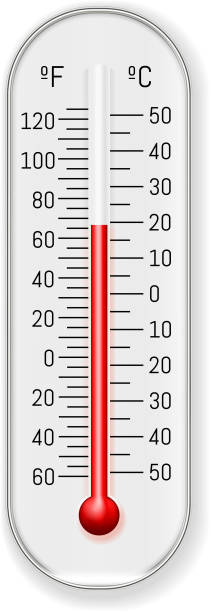Why do different materials feel hotter/colder to the touch even though they are the same temperature? (conductors vs insulators)
In general many different materials feel hotter/colder to the touch even though they are the same temperature, as an example metals feel colder or hotter to the touch than other materials at the same temperature because they're good thermal conductors. This means they easily transfer heat to colder objects or absorb heat from warmer objects.
What do thermometers measure to provide a temperature reading?
- A liquid thermometer is a slender tube attached to a bulb filled with liquid. When the thermometer gains thermal energy from its surroundings, the liquid expands.
- The resulting column height of liquid inside the tube can be compared to markings on the thermometer to “read” the temperature.





Comments
Post a Comment